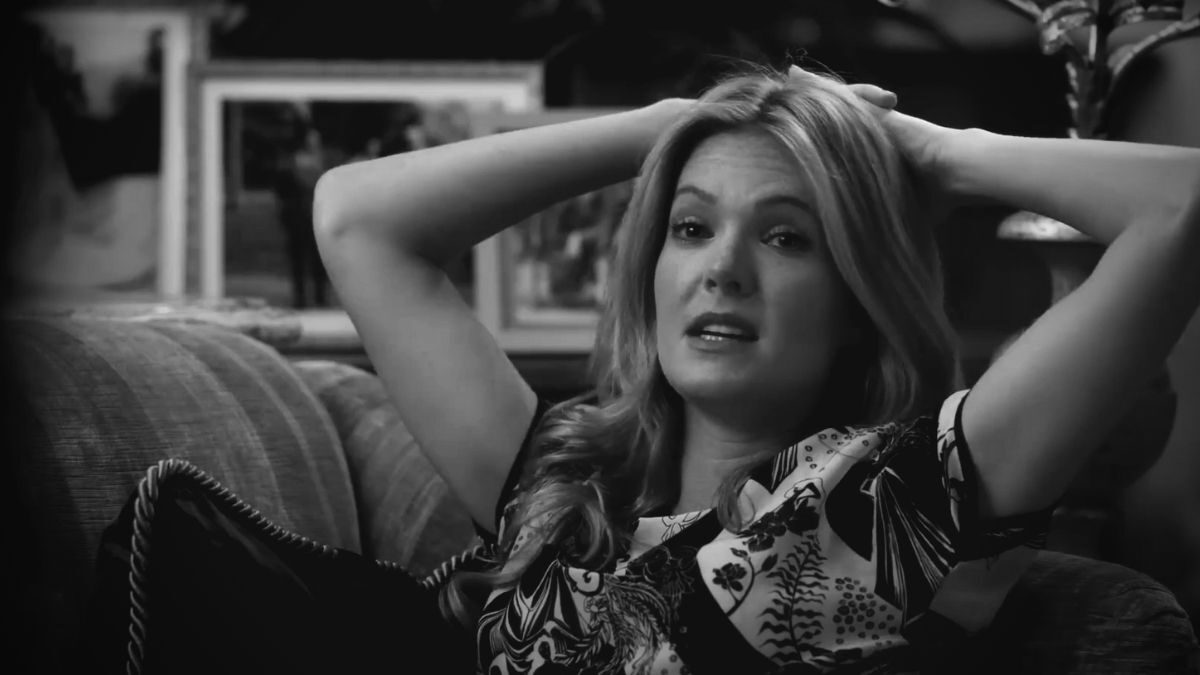HBO’s “White Lotus” is the sharpest commentary on western decay in popular culture, a subtle and subversive invasion of America’s favorite medium. As the second season proved again on Sunday, Mike White challenges limp modern assumptions about sex, honoring the real “feminine mystique” as exactly that—an eternal mystery capable of bringing powerful men to their knees.
There’s an irony in this visual feast, constructed to the tune of some $3 million a episode, training its arrow straight at the heart of American decadence. But writer and creator White deploys his ample resources for good, using all that sweet, sweet Warner Bros. cash to do something very simple: tell a great story that honors beauty and nature.
In “White Lotus,” we have an aesthetically stunning show that manages to captivate and castigate, to fill out stereotypes with nuance and honesty, to find where everyone is going wrong while doing so much right. It’s a rebuke of the self-serious “Handmaid’s Tale” era that dominated Me Too, as society’s wealthiest women stripped themselves of agency and saw only victimhood in their arcs.
Importantly, White’s human subjects are as complicated as the natural world he casts as their master, breaking in and out of the action with powerful shots of mountains and waves. He understands what Camille Paglia once wrote, that “everything great in western culture has come from the quarrel with nature.” Despite our best efforts, “White Lotus” reminds viewers, nature has yet to lose.
Where the show’s first season felt like more of a class commentary—albeit an excellent one—the second season, haunted visually by the ruins of Roman greatness, was more comprehensive. Indeed, in many ways, White seemed to be drawing from the same well as Paglia’s most important piece of writing, “Sex and Violence, or Nature and Art,” the first chapter of “Sexual Personae.”
“The primary image is the femme fatale, the woman fatal to man,” wrote Paglia some 30 years ago. “The more nature is beaten back in the west, the more the femme fatale reappears, as a return of the repressed. She is the spectre of the west’s bad conscience about nature. She is the moral ambiguity of nature, a malevolent moon that keeps breaking through our fog of hopeful sentiment.”
If you’ve seen the final moments of season two, that sentiment blares from the screen. Paglia’s vivid rendering of physical intercourse illustrates the emotional dynamics that drive “White Lotus” from beginning to end. “The basic mechanics of conception require action in the male but nothing more than passive receptivity in the female,” she wrote. “Sex as a natural rather than social transaction, therefore, really is a kind of drain of male energy by female fullness.”
Tempted and manipulated, the show’s men leave Sicily drained, above all else. (Financially, emotionally, physically.) The women? Sated. In White’s telling, it’s they who get the best of their men, wealthy or not. They’re intentional, they have agency, and they get what they want by wielding sexual power over men of all stripes.
While the women of “White Lotus” are not always heroes, they’re true to form. This, though, is where the show’s virtues become less clear-cut. Even as a graceful rejection of postmodernism, it’s not obvious whether “White Lotus” functions as critique or commentary. Of course, the show needn’t be one or the other to stand as art, but from a moral perspective the question lingers.
As our culture loses sight of beauty and nature, “White Lotus” succeeds because it honors both. More importantly, the show tells a great story, one that’s as compelling as it is true.









